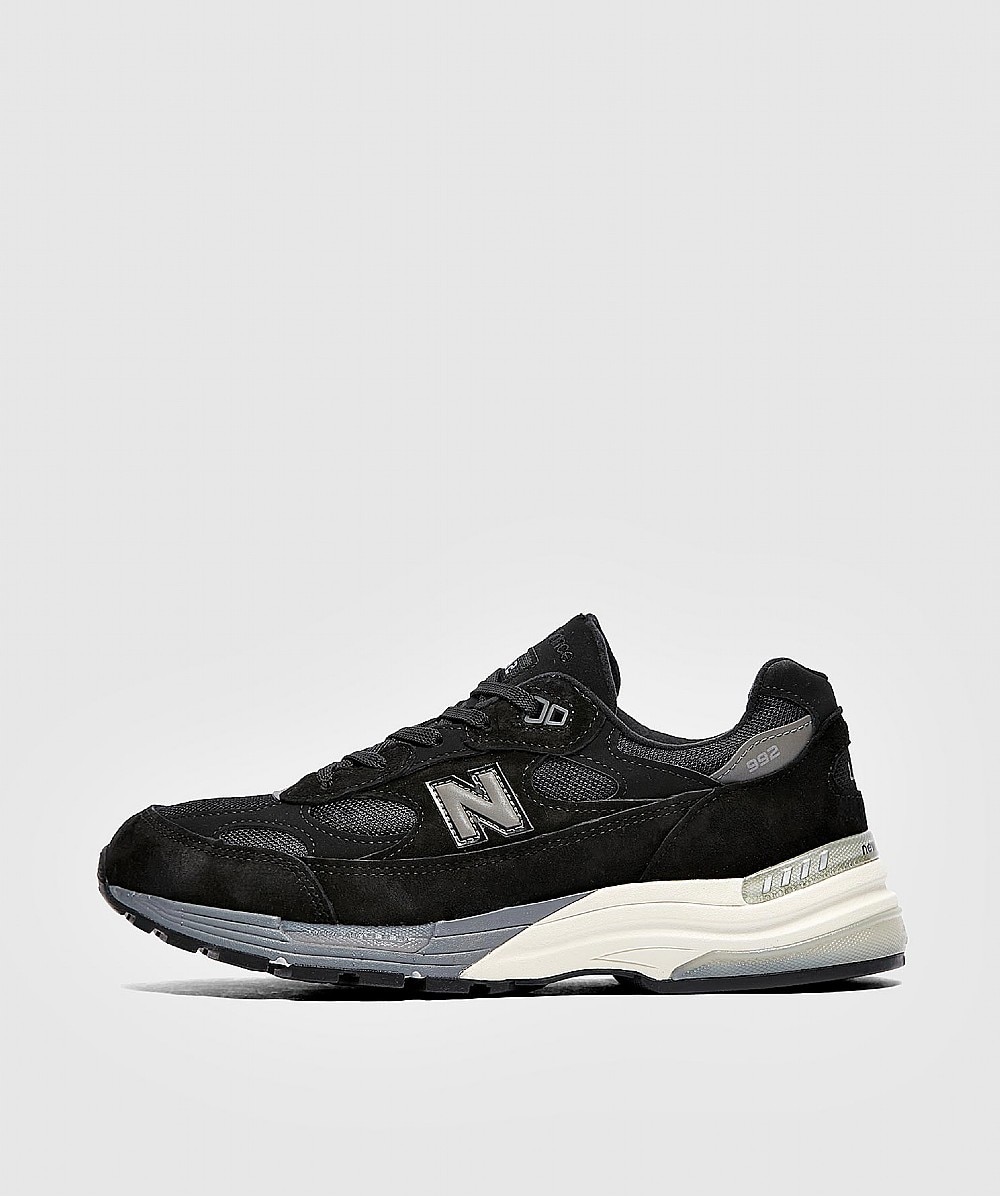Big Kids’ Nike Air Force 1 Low Casual Shoes – Finish Line
Young ballers will get iconic style from the court to the streets in the Big Kids’ Nike Air Force 1 Low Basketball Shoes. Supple leather upper. Air-Sole unit. Durable rubber sole with pivot points and traction pattern for grip.
From pop culture to the streets, the Nike Air Force 1 has dominated the footwear game for decades. Named for the President’s air craft, and with premium details and crisp design, these Kids’ Nike Air Force 1s celebrate iconic style and heritage Nike DNA.
How to choose your size
- Our sizing buttons list the Big Kids’ size first (K) and the equivalent Women’s size second (W)
- Ex. If you usually wear a Women’s size 7, select the button with K 5.5 / W 7.0
- If only one size is listed, the default size on the buttons is Big Kids’. Select 1.5 sizes smaller than your typical shoe size
- Ex. If you wear a Women’s size 7, select a 5.5 in this shoe
Product Features
- Young ballers will get iconic style from the court to the streets in the Big Kids’ Nike Air Force 1 Low Basketball Shoes.
- Supple leather upper
- Air-Sole unit
- Durable rubber sole with pivot points and traction pattern for grip
- Classic Nike styling
- The Nike Air Force 1 Low is imported.

)




Reviews
There are no reviews yet.